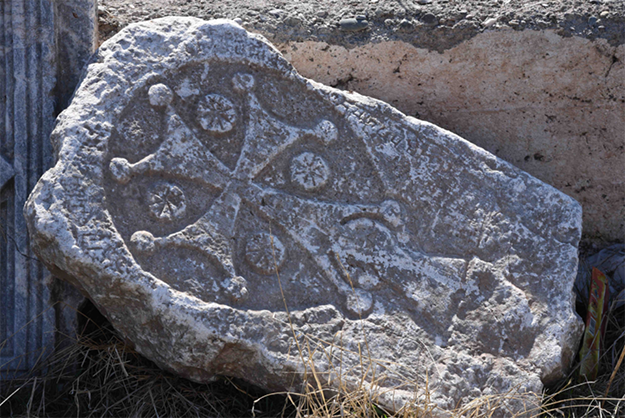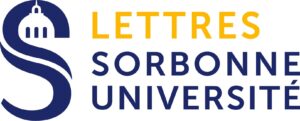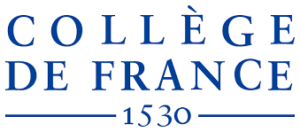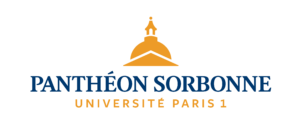Séminaire « Autour de la mer Noire (Anatolie, Balkans, Crimée, Caucase) ». Séance du 17 mars 2023

La prochaine séance du séminaire Autour de la mer Noire (Anatolie, Balkans, Crimée, Caucase) : archéologie et histoire de l’art d’une « frontière » du monde islamique aura lieu le vendredi 17 mars
Polina Ivanova (Justus Liebig Üniversität, Giessen) interviendra sur
Medieval Armenian Migrations and the Transformations of the Cultural Landscape in Inner Pontus
Lieu : Institut d’art et archéologie, 3 rue Michelet Paris 6ème. Salle Doucet (1er étage)
Horaire : 12h-14h

Résumé (conférence en anglais) :
Following the eleventh-century migration of Armenians from the Kingdom of Vaspurakan in the region of Lake Van to Tokat and the surrounding lands, Inner Pontus became a part of the Armenian world. As the Byzantine rule in Inner Pontus crumbled after the Seljuk invasion of Anatolia, Armenians took over many abandoned Byzantine settlements and shrines – or perhaps usurped some by force – helping to perpetuate a Byzantine sacred landscape that otherwise would have been lost, while transforming it and investing it with new symbolic meanings. By the time of the Ottoman conquest of the region in the fifteenth century, Armenians constituted the majority of the Christian population of Inner Pontus and perhaps up to a half of the population as a whole. Yet almost all traces of the presence of Armenians in medieval Inner Pontus have been obliterated through acts of violence and erasure during the Armenian Genocide and subsequently in the twentieth century. This presentation will focus on methods and challenges of uncovering this largely invisible history using archaeological surveys, provincial museum collections, Armenian memory books and Greek oral history records, as well as Ottoman documentary evidence. The discussion will focus on two case studies: the Byzantine shrine of St. John Chrysostom a few kilometres away from Komana and St. Nicholas Church in Amasya.




